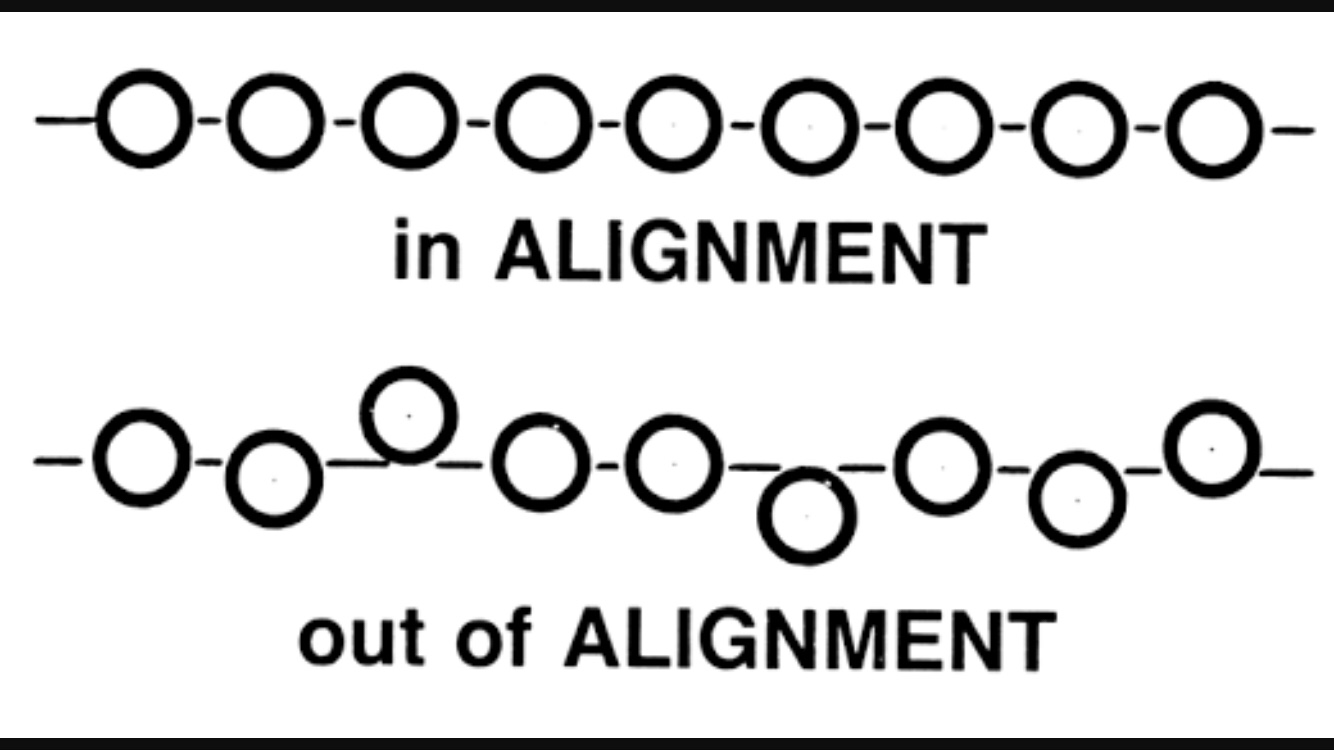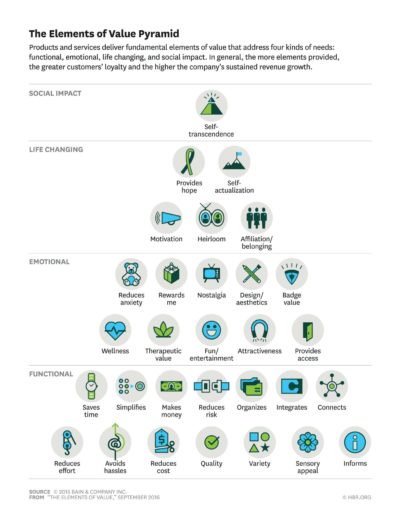How to define a strategic purpose
Often the biggest impediment to finding one’s purpose is getting lost in navigating the maze in shaping those seemingly immortal words the Vision and Mission.
A ‘Vision’ is said to be a road map, indicating both what an enterprise wants to become and guiding transformational initiatives by setting a defined direction for growth. A vision statement is said to remain constant. A ‘Mission’ statement, which is typically an organisation’s purpose, what kind of product or service it provides, primary customers or market and geographical region. Or, is it the other way around? Does it actually matter!?
(Originally published on: Dec 1, 2017)
The likes of Simon Sinek have articulated why having a simple purpose matters …
“Very few people or companies can clearly articulate WHY they do WHAT they do. By WHY I mean your purpose, cause or belief—WHY does your company exist? WHY do you get out of bed every morning? And WHY should anyone care?”
Finding the purpose of one person or entrepreneur is likely quite simple, yet even this is complex. Many people say they never find their passion and purpose in life, so how can an organisation ever expect to achieve a single coherent purpose—as this unfolds to staff, investors, customers and other critical stakeholders?
What may be a fantastic purpose, vision or mission to one, likely repulses another.
The reality is that for businesses with a manicured vision and mission, often this is more so internal introspection than customers having any idea of what the business stands for. Or, even worse, the CEO, Board and C-Suite may have nicely designed posters scattered around the workplace and near the water cooler, that soon become meaningless rhetoric, largely invisible to all.
Equally it is difficult to have all units of a business to be in tune to the same purpose, when the reality is that there may be competition between teams, and even individuals within teams. The marketing team may have a tagline that underpins all advertising, but this may not be consistent with other teams.
Critical is finding a single point of relevance driven from the leader(s) to followers, like a virus. Something believed by all. From founder to team member, and investor and customer. It really doesn’t matter the purpose or the vision, mission or whatever, what matters is something that binds all.
Critical in this is …
- Emotional purpose, such as the sense of feeling good and accomplished.
- Functional purpose, such as the steps to achieving a future vision.
One of the challenges can be having too much of a forward vision of a utopian future of a better world, yet overlooking the small incremental steps and changes to achieving this. If the sales team does not sell, there may not be the revenue to sustain the business and fulfil financial obligations. If manufacturing do not build the product in a timely manner, orders will not be fulfilled and customers may change to an alternative provider. If the Board of Directors and CEO do not comply with compliance matters, they may face legal consequences. Having an emotional and engaging vision of the future may be powerful, but not without the action to achieve it.
There would be many businesses starting with immense passion for growing a business and some future goal, yet they fail to roll out a suitable strategy and steps, and struggle to survive and end up needing to close with financial and legal consequences of a failed business.
However, when done well, the purpose of a business resonates from founder(s) to the start-up team, leaders and follows, Board, investors, customers, prospective customers and followers. Such a business has a clean meaning, a purpose and differentiation, and everyone knows what they need to do to achieve it.
So, how can a single point of relevance be found?
- Start with the Founder(s) / Leader(s) purpose—Ensure they write in short or long form purpose the enterprise exists and how it will achieve the vision it is setting out to achieve. Articulate this in a succinct way, including the emotional and functional drivers, what problem is being resolved or better world is it seeking? Gain professional help if necessary but don’t kill the meaning. It is critical that those that lead believe.
- Gain input from within the enterprise— Using workshops, focus groups and tools such as surveys gain feedback, ideally confidentially, as to what the purpose means to them emotionally and functionally. Is this reality or falsehood? Surveys allow for data to be collected and analysed to map the perceptions of the enterprise with the view of leader(s). Also valuable is understanding differences between teams internally, as well as other key groups such as investors, board, suppliers and partners. This stage can also be valuable in humanising the purpose to something they can own.
- Seek customer input—Again using workshops, focus groups and tools such as surveys gain feedback, ideally confidentially, seek to explore the perception of the enterprise again the purpose. Collecting data and having conversations with customers will allow for an analysis of alignment (or misalignment) against perceptions. Where does the enterprise image sit in the mind of customers? What does it mean to be a customer of this enterprise, and how is the business unique? Are their customer segment differences? Customer input will guide a customer-centric purpose.
- Explore the wider market—Market research provides a range of tools to explore and measure image and perceptions of enterprises. Focus groups and other qualitative approaches allow for deep exploration of attitudes of the competitor landscape and conversation around an enterprises’ purpose. Surveys allow for market segmentation and image maps to be developed to identify where the enterprise is positioning in the minds of the broader market versus the internal purpose.
- Redefine the purpose statement—Feedback from the above will allow for a modified purpose to be developed. The initial vision of the Founder(s) and Leader(s) will have been questioned and critiqued. Is there a product-market fit for such a vision? Is it worth working towards? And, what does this mean for various key groups of staff, partners, customers and followers? The purpose becomes a vision from the top down, and bottom up. Leaders espousing and setting associated actions and strategies, and staff owning it. Customers knowing what the organisation stands for, and the wider market of followers and current and prospective customers believing in and supporting it.
With a strong purpose or vision will come strategic priorities, and actions. Innovation will come with ease, as the team know what they are working towards, and areas out of scope. Keeping it simple and omnipresent both internally and to customers and the broader market will provide clarity.
What do you believe?

https://www.inc.com/larry-kim/30-inspiring-billion-dollar-startup-company-mission-statements.html
Vision, mission, purpose etc
Vinomofo + How to get your team to buy into your vision: Vinomofo founder Andre Eikmeier
Interesting articles …
Your Company’s Purpose Is Not Its Vision, Mission, or Values
Building Your Company’s Vision
Unleashing the power of vision and mission





